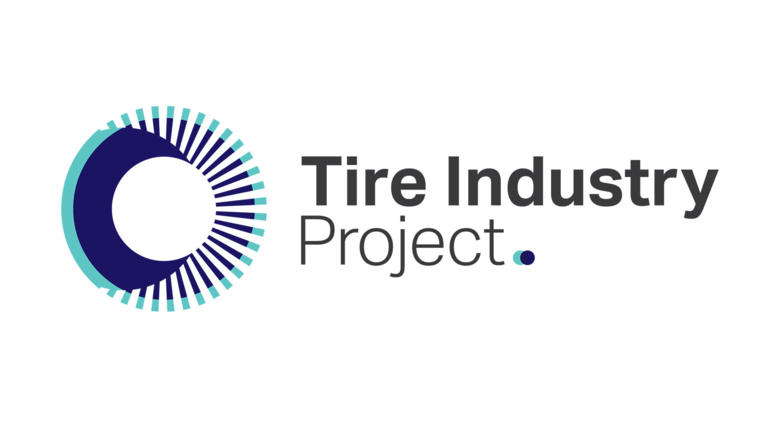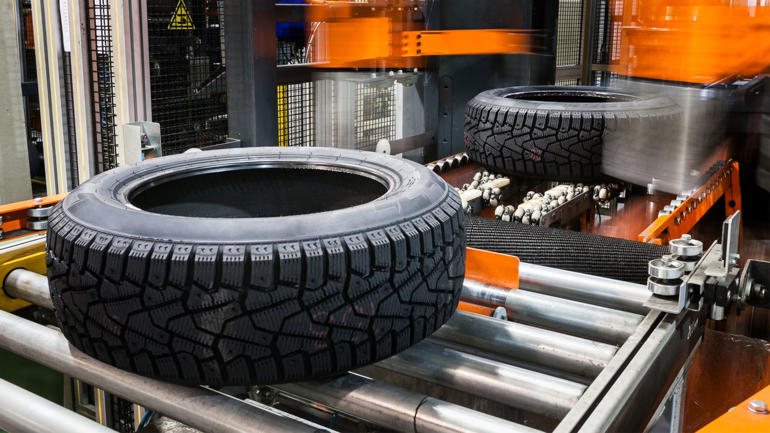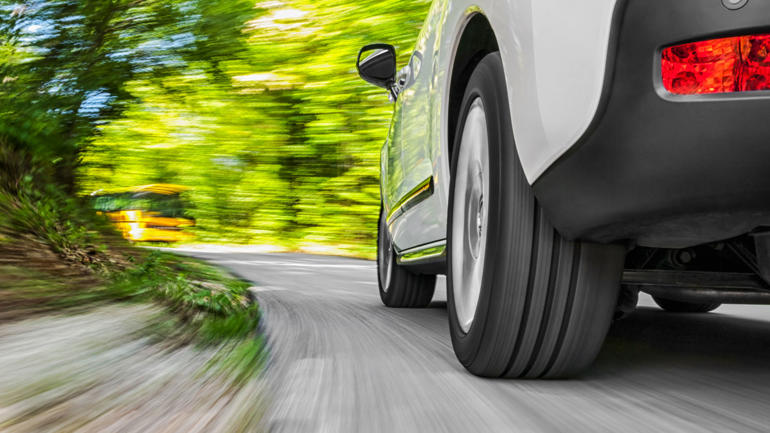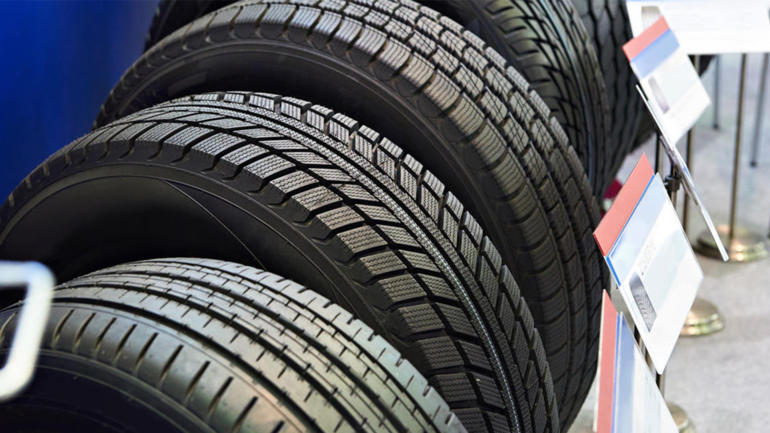Geneva, 13 March 2019: Vehicle exhaust and non-exhaust sources including brake wear, tire wear, and road pavement abrasion are contributors to airborne particulate matter (PM) which is an important indicator of air quality.
A Tire Industry Project (TIP) study investigated the potential contribution of tire and road wear particles (TRWP) to airborne PM in several major urban centers.
The study indicates that tire wear comprises a small percentage of total PM2.5 (PM smaller than 2.5 micrometers in diameter) in ambient air, while the authors note the importance of further studies to strengthen the dataset.
A focus on fine particulate matter
TRWP are tiny debris produced when tires are used on the road. Generated by the friction between tires and the road surface, TRWP are a mixture of tire tread material and elements from the road surface. The study focused on determining the contribution of TRWP to the fraction of PM smaller than 2.5 micrometers in diameter – PM2.5.
Understanding the potential for exposure to PM2.5 TRWP is relevant to human health because particles of this small size are readily inhaled. With analysis of urban roadside air samples from London, Tokyo and Los Angeles the peer reviewed study contributes to a limited understanding of potential exposure to airborne TRWP and the potential contribution of TRWP to total road-side PM2.5.
An indication of low tire wear contribution
Study samples indicated that TRWP concentrations in the PM2.5 fraction was low, representing an average contribution to total PM2.5 of less than 0.3%. However, the study found significant differences in TRWP contribution to PM2.5 between the three cities, and no significant correlation between TRWP in PM2.5 and traffic count.
A need for further research
Uncertainties highlighted by the authors (including reference to the limitations of a small sample size) underline a need for further research. The authors acknowledge that additional sampling for TRWP in ambient air would help establish a more robust dataset for characterizing the contribution of tire wear to non-exhaust PM emissions to ambient air.
Why do tires produce particles?
A tire is designed to enhance consumer safety and environmental performance under different road and weather conditions. To meet desired performance levels, tires must achieve a fine balance between several, sometimes contradictory, requirements. TRWP are created through abrasion, which is a physical consequence of the tire's grip on the road – driver and passenger safety would be compromised if tires did not grip the road.
A growing body of work
TIP has supported research into TRWP for more than a decade and made important contribution to the state-of-knowledge on TRWP characteristics and composition. Understanding the potential health and environmental impacts of TRWP is a TIP priority.
TIP has supported studies including:
- Comparison of particles generated using different methodologies. (2010) - link
- Acute Aquatic Toxicity of Tire and Road Wear Particles to Alga, Daphnid and Fish. (2011) - link
- Evaluation of Potential for Toxicity from Subacute Inhalation of Tire and Road Wear Particles in Rats. (2012) - link
- Chronic toxicity of tire and road wear particles to water- and sediment-dwelling organisms. Ecotoxicology. (2012) - link
- Use of a Deuterated Internal Standard with Pyrolysis-GC/MS Dimeric Marker Analysis to Quantify Tire Tread Particles in the Environment. (2012) - link
- Measurement of airborne concentrations of tire and road wear particles in urban and rural areas of France, Japan, and the United States. (2013) - link
- Comparison of Tire and Road Wear Particle Concentrations in Sediment for Watersheds in France, Japan, and the United States by Quantitative Pyrolysis GC/MS Analysis. (2013) - link
- Experimental methodology for assessing the environmental fate of organic chemicals in polymer matrices using column leaching studies and OECD 308 water/sediment systems: Application to tire and road wear particles. (2015) - link
- Characterizing export of land-based microplastics to the estuary - Part I: Application of integrated geospatial microplastic transport models to assess tire and road wear particles in the Seine watershed. (2018) - link
- Characterizing export of land-based microplastics to the estuary – Part II: Sensitivity analysis of an integrated geospatial microplastic transport modeling assessment of tire and road wear particles. (2018) - link
- Evaluation of Tire Wear Contribution to PM2.5 in Urban Environments. (2019) - link








